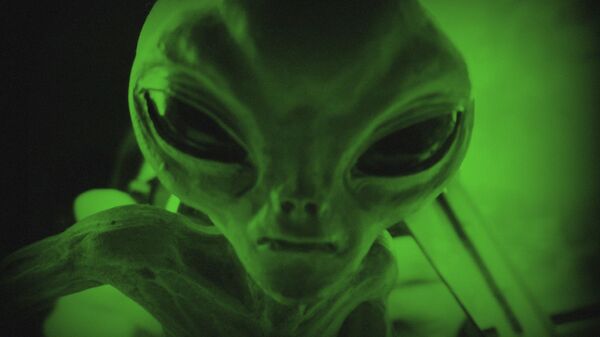Breakthrough Listen, the most in-depth Search for Extra-Terrestrial Intelligence (SETI) programme in history, has announced that its team will begin looking for new signs of alien life and presumably top-notch technology with the Very Energetic Radiation Imaging Telescope Array System (VERITAS) at the Fred Lawrence Whipple Observatory in Amado, Arizona.
Humans Search for Alien Interstellar Morse Code with Arrays:: Russian physicist, Yuri Milner has decided to partner up with VERITAS to go on the hunt for alien communication code in a completely different way. Yuri Milner decided to fund Breakthrough… https://t.co/IzwWlVZtHP
— EA6AJ (@EA6AJ) July 19, 2019
Commenting on the move in a statement, Yuri Milner, a Russian billionaire particle physicist and founder of Breakthrough Listen, stressed that they don’t know yet where intelligent life beyond Earth exists and how exactly it interacts. “So our philosophy is to look in as many places, and in as many ways, as we can. VERITAS expands our range of observation even further”, he went on.
VERITAS promises a wealth of opportunities for scanning the night sky for nanosecond flashes of light from nearby stars, which are hoped to map alien communication one day by outshining nearby stars.
"With the addition of VERITAS, we're sensitive to an important new class of signals: fast optical pulses", Andrew Siemion, the director of Berkeley's SETI Research Centre, said in a statement. "Optical communication has already been used by NASA to transmit high-definition images to Earth from the Moon, so there's a reason to believe that an advanced civilisation might use a scaled-up version of this technology for interstellar communication".
VERITAS has looked for laser optical pulses produced by, among others, the mysteriously dimming Tabby’s star after speculation arrived that the dimming could have been caused by some ET megastructure coming in its way.
There are currently around one million stars on the Breakthrough Listen target list, and most of them are 10 to 100 times closer to Earth than Tabby's star – a fact that means even weaker flashes from alleged intelligent aliens could be detected by the project’s series of 12-metre optical telescopes, traditionally used to detect gamma rays. The telescopes have thus been considered perfectly well-suited for the mission, since they are capable of mapping very faint blue flashes of light called Cherenkov radiation, produced by gamma rays.
The Breakthrough Listen initiative is a $100 million, 10-year project that was kick-started back in 2015 and has since surveyed over 1,000 stars within 160 lightyears from Earth for signs of alien signals.
Renowned physicist Stephen Hawking partook in the launch of the initiative at the time, pronouncing its goals most inspiringly:
"Somewhere in the cosmos, perhaps intelligent life might be watching these lights of ours, aware of what they mean. Or do our lights wander a lifeless cosmos, unseen beacons announcing that, here on one rock, the universe discovered its existence?” going on to assume that either way, “there is no better question”.



